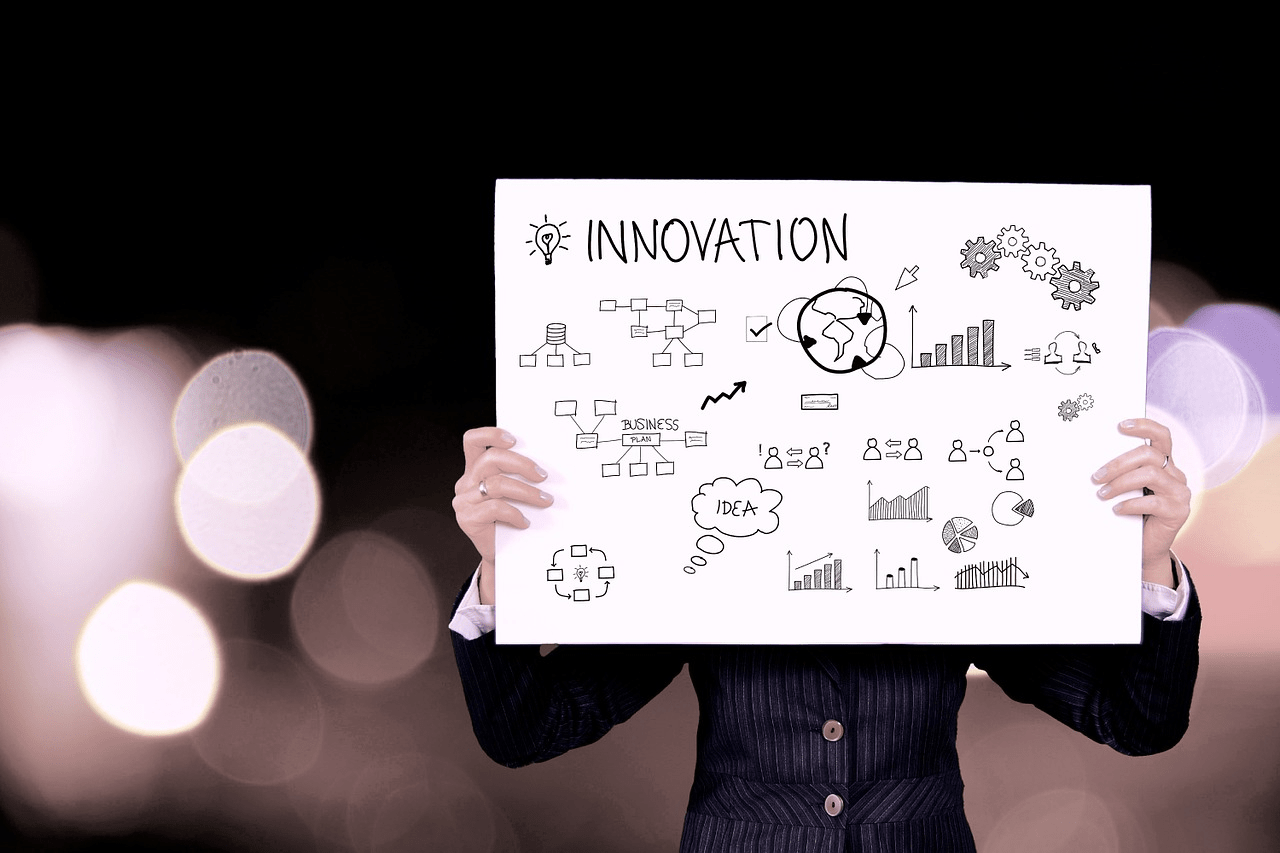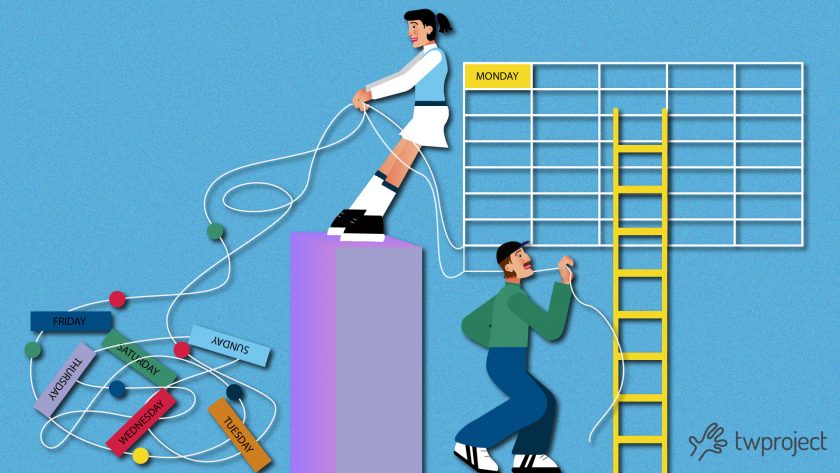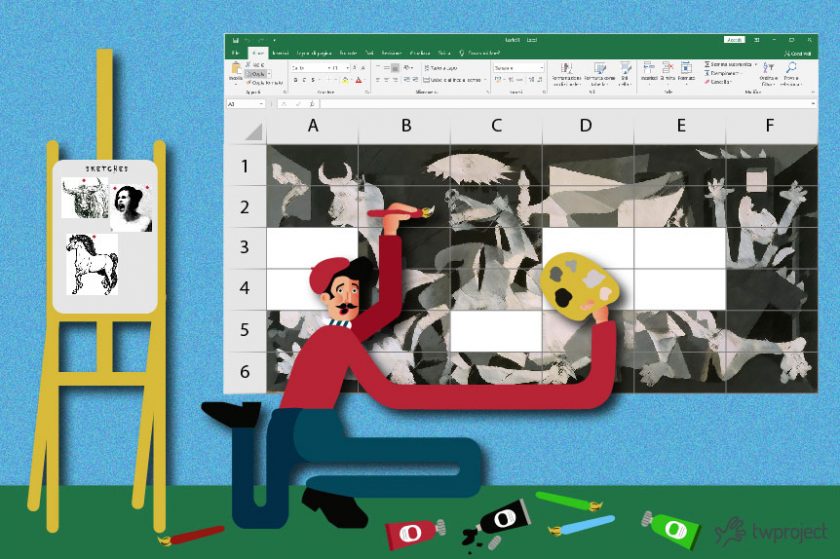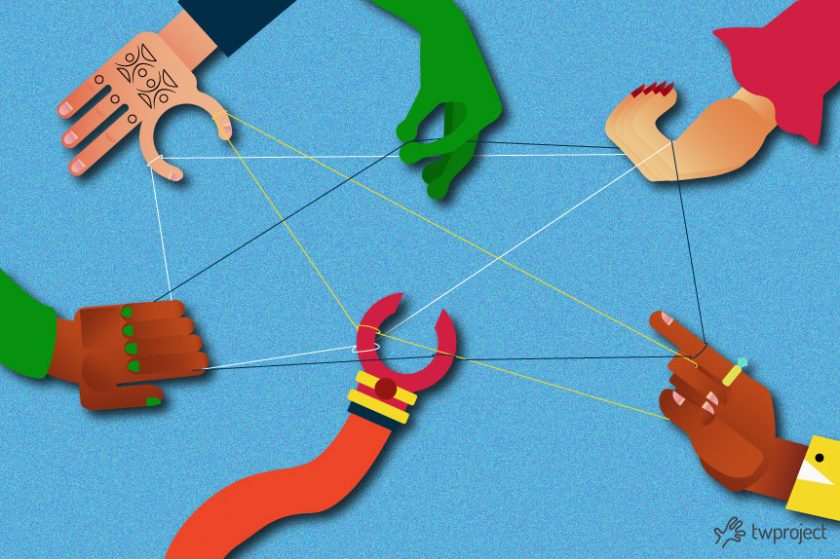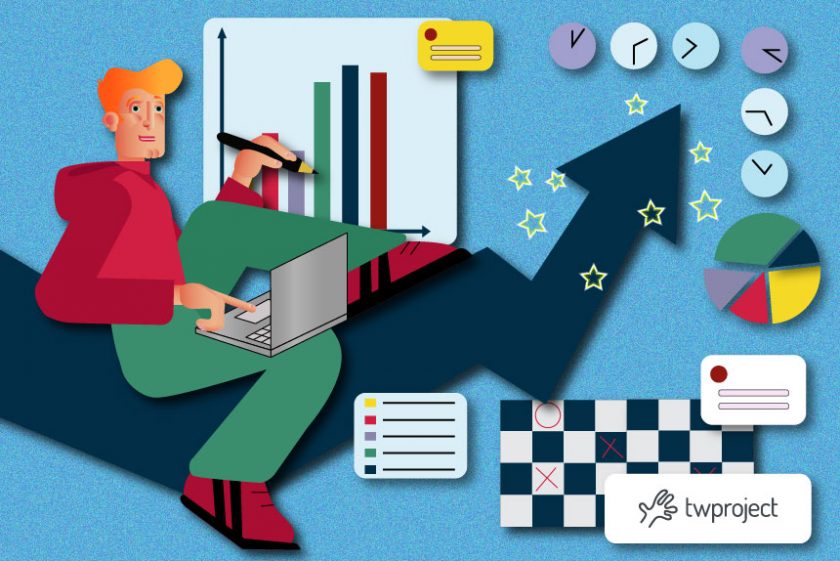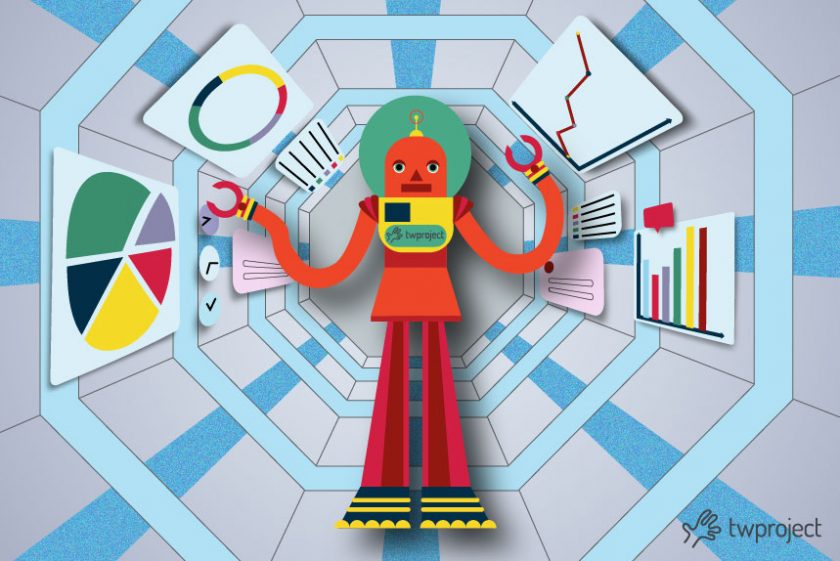-
How to present a project to stakeholders
Is there an optimal way to present a project to stakeholders? In the world of project management, presenting and communicating a product’s strategy is not an isolated phase of the project’s life cycle. In fact, anyone involved in project management must deal with project sponsors and stakeholders and maintaining an open and effective communication with … Continue reading "How to present a project to stakeholders"
-
Stakeholder performance domain: how to increase engagement?
In the seventh edition of the PMBOK, the stakeholder performance domain is crucial in ensuring that stakeholders’ needs, expectations, and influences are appropriately understood and managed. Understanding the needs, expectations, and dynamics of stakeholders has become crucial to project success, and the stakeholder performance domain offers a structured and focused approach to addressing this challenge. … Continue reading "Stakeholder performance domain: how to increase engagement?"
-
Project organizational structure in Project Management
The project organizational structure is an essential tool for determining the hierarchy of people, their function, workflow and reporting system. It is a factor in project management that plays a fundamental role in guiding and defining the way in which the organization carries out its operations. There are different project organizational structures defined according to … Continue reading "Project organizational structure in Project Management"
-
Simplifying project planning: the Advance case
Project planning often proves to be a complex and challenging task for businesses. Yet with the help of modern project management tools, you can streamline this process and improve overall efficiency. This article will examine how the Advance company successfully employed Twproject to improve its awareness, reduce overhead in project management, and improve compliance with … Continue reading "Simplifying project planning: the Advance case"
-
Project data analysis: how to maximize results
Project data analysis has become a core practice in the increasingly competitive world of project management. The data-driven approach is crucial to improving efficiency, identifying emerging problems, and predicting future trends. INDICE Why data analysis is critical in project management Examples of project data analysis 1. Identify delays 2. Forecast necessary resources 3. Monitor budget … Continue reading "Project data analysis: how to maximize results"
-
Planning Performance Domain: the elements for successful planning
In the project management sphere, the Planning Performance Domain, as outlined in Project Management Body of Knowledge (PMBOK) 7, is central to determining a project’s success. This new edition emphasizes how to be successful in a project. It is imperative to plan activities and functions around changing conditions efficiently. Let’s learn more about it in … Continue reading "Planning Performance Domain: the elements for successful planning"
-
Managing projects with Excel: the art of creating chaos from scratch
For those of you used to managing projects with Excel, lovers of fancy colored cells and concatenated formulas, enjoy an exciting journey through the Excel barren land. A place where control, planning, and structure get lost between a VLOOKUP and a circular reference error. Get ready to dive into the fantastic world of organized chaos, … Continue reading "Managing projects with Excel: the art of creating chaos from scratch"
-
Project management and carbon footprint: how to reduce your projects’ carbon footprint
Is it possible to reduce environmental impact in project management? Sustainable project management is becoming more important in this age of growing environmental awareness and the need to cut our carbon footprint. This article will examine projects’ environmental impact and how project managers can reduce their carbon footprint using effective techniques and tools, including project … Continue reading "Project management and carbon footprint: how to reduce your projects’ carbon footprint"
-
Inclusivity and project management: core values
Inclusivity and project management are ever-evolving domains. Human resource management plays a significant role in project success. Inclusivity is critical in efficiently leading a team and achieving its goals in an ever more interconnected global environment. In this article, we cover the importance of inclusivity in project management by analyzing the core values that underlie … Continue reading "Inclusivity and project management: core values"
-
Project management in fashion: Oberalp Group’s success
Project management in fashion is crucial to fashion companies’ success, helping them to meet challenges effectively and achieve their goals. In this article, we will discuss how vital project management is in the fashion industry and how using Twproject can improve the efficiency and productivity of companies by analyzing the success case of Oberalp Group. … Continue reading "Project management in fashion: Oberalp Group’s success"
-
From idea to executive project: mistakes to avoid
CONTENT From idea to executive project: 7 mistakes to avoid 1.Failing to involve your team in the planning phase 2.Lack of clear processes 3.Not breaking down (big) projects into smaller pieces 4.Forgetting that project management also means people management 5.Letting changes slip through the cracks? 6.Failing to constantly monitor your project status The transition from … Continue reading "From idea to executive project: mistakes to avoid"
-
Project planning: plan for project success
Working on a project without project planning is like sailing the seas without a radar. There are many dangers of not sticking to a project plan, and the risk of the vessel becoming shipwrecked becomes dangerously real. Having a project plan helps ensure stakeholders have a shared perspective and clear and achievable goals, and establish … Continue reading "Project planning: plan for project success"
-
Management and reporting of European and NRRP projects with TWPROJECT
CONTENT European projects and NRRP: what are these? Twproject: the tool for managing and reporting on European and NRRP projects Managing and reporting on European projects: a specialist’s task Managing and reporting on European projects involves more specific and in-depth work than “traditional” company-level projects. This kind of work touches both public entities and … Continue reading "Management and reporting of European and NRRP projects with TWPROJECT"
-
Project management software? AI recommends
Will AI know how to recommend how to choose a project management software? We wondered about this and wanted to give it a test! The result caught us by surprise 😉 We’ll let Artificial Intelligence have the floor to tell us how to choose project management software from its perspective. If you are looking for … Continue reading "Project management software? AI recommends"
-
Project variance: how best to manage it
Project variances are a real nuisance, and successful project managers must manage them as best they can. CONTENT What are design variations? Why is change management important? How to best manage the project variance 1. Initiating a change request 2. Evaluation of the change request 3. Analysis of the change request 4. Implementation of the … Continue reading "Project variance: how best to manage it"
Project management
Choose the category you are interested in:
AgileComparisonCost managementPm expertProduct updatesProductivityProject managementResource managementTime managementUsage tips

